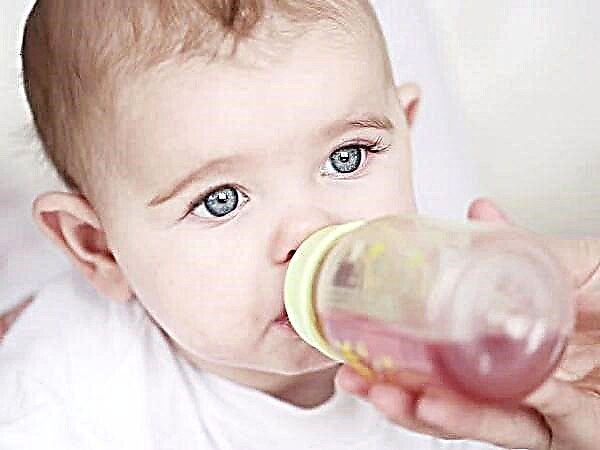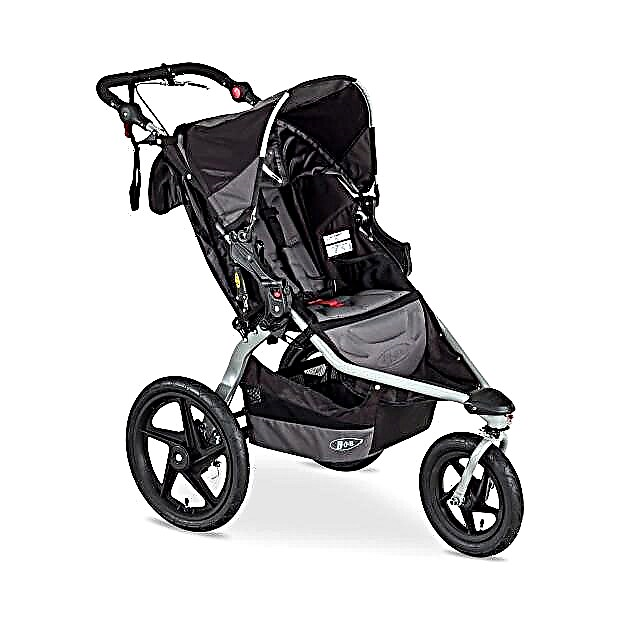Some 10 years ago, the situation in obstetrics was radically different from the present. After birth, each baby was instantly taken to the table, examined, checked the patency of the esophagus and anus with catheters, cut off the umbilical cord and tied with a special thread.
The baby was immediately washed in water and wrapped tightly in diapers. Then the newborns were sent to the department, and the mothers were brought only for feeding. Today the situation has changed.

Now they try to leave the child on the mother's stomach as long as possible, the examination is carried out with minimal intervention, and a clamp is applied to the umbilical cord. Along with the decrease in complications in infants, the number of questions asked by mothers increased.
What to do with the umbilical cord at home?
Many mothers, seeing the baby's umbilical cord for the first time, are afraid to touch it. They think that this will bring discomfort to the child. Not really. There are no pain receptors in the umbilical cord, so manipulations with the “navel” are absolutely painless.
When caring for the umbilical cord in newborns, you need observe 3 basic rules.
- Do not leave any residue under the diaper. If the umbilical cord remains under it, then it begins to rot and smell unpleasant. Therefore, this is not necessary. If you put a diaper on a newborn, try to do it under a clamp.
- When carrying out water procedures, wet as little as possible. Although they say that it is possible to bathe a child with an umbilical cord, in practice such umbilicals fall off much longer than when administered dry. In addition, they can rot.
- Do not process the "normal" umbilical cord residue with hydrogen peroxide, greenery. It won't get you anywhere, and it won't fall off faster.
Here I would like to quote Dr. Komarovsky: “The use of strong antiseptics prevents the growth of bacteria, which are responsible for the process of“ drying out the navel ”.
What to do after the umbilical cord has fallen off?
 This can happen both in the hospital and after being discharged home.
This can happen both in the hospital and after being discharged home.
Currently, pediatricians recommend not to touch the wound. But to be honest, the sight sometimes scares mommies.
After the umbilical cord falls off, blood clots, ichor, crusts may remain in the umbilical wound. She can also bleed.
In case of accumulation of blood crusts, the wound area can be treated with hydrogen peroxide, and cauterized on top with an alcohol solution of salicylic acid.
These procedures can be done until the wound is completely healed.
Why does the navel bleed in newborns?
In neonatological practice, there are several conditions in which the navel in a newborn is bleeding.
- Trauma bleeding... If you delve into the theory, then the umbilical cord of the newborn consists of the umbilical arteries, the umbilical vein and Wharton's jelly. The larger the child, the larger its vessels and the thicker its umbilical cord. Therefore, if the umbilical cord is "juicy", the drying process is slower, and the trauma of the umbilical wound is easier.
- Bleeding due to inflammation... Another serious complication is omphalitis (inflammation of the navel). The umbilical wound, when poorly treated, is an excellent gateway for infection. In this case, microorganisms are localized initially in the region of the umbilical ring, causing suppuration and tissue melting. In the future, the infection spreads through the vessels further and causes phlebitis of the umbilical vessels. The most life-threatening complication is sepsis.
- Bleeding due to bleeding disorders... Bleeding from the navel in a baby may be the first sign of a disease such as hemophilia. With hypothyroidism, a similar picture can also be observed. It is not worth sounding the alarm ahead of time about this. Most often, these diseases are also detected by neonatologists in the maternity hospital.
If the navel in newborns is bleeding
What can you do if the navel of the newborn is bleeding?
- To begin with, we are not afraid. If the baby's navel bleeds weakly (the blood should not flow out in a stream, as a rule, it comes out in droplets), you can treat the navel of the newborn with hydrogen peroxide and do nothing else. Peroxide has the ability to clot blood.
- If the navel is still undercutting, you should pour peroxide onto a sterile bandage or cotton wool and apply it to the wound. Hold for a while.
- If the navel is bleeding for too long or the rate of blood flow is too high, you need to immediately call an ambulance. Because under the harmless bloody discharge, a lot of formidable complications are sometimes hidden.
- While you are waiting for an ambulance, try to stop the bleeding yourself. Take sterile cotton wool or a bandage, treat it with peroxide and lightly press down the wound. If a hemostatic sponge is available at home, it can also be applied to the bleeding site.
Finally, I would like to note that if the baby has a bleeding navel, then it is imperative to inform your pediatrician about it. Health to you and your children!
Article rating:



